How a turn-key ADU can provide a quick and easy income stream
Want to have some extra money in your pocket? Having an ADU added to your property is a great way to get started.
An ADU, or accessory dwelling unit, is a self-contained living space. They are also referred to as a mother-in-law suite, or accessory apartment.
In many areas, housing is not readily available – and in some cases, the cost of renting a space is not practical. For those that already own land, the addition of an accessory dwelling unit may offer a exceptional return on investment.
You may opt to rent out the additional dwelling, supplementing your income; or reside in the ADU yourself, freeing up your primary residence.
Doing the Math
Most people looking to live in a tiny home are likely looking to save money, making it easy to find a tenant if you rent out the space in an area lacking in housing.
Steven Arms, owner of the blog ‘A Grand Idea,’ did exactly that.
Starting with the goal of creating reoccurring income, Steven analyzed his local housing market. While there were many comparables in terms of square footage, he acknowledged that most of those rentals were apartments, not detached structures – giving his rental an advantage.
In Steven’s case, he believed he could conservatively put his ADU up for rent for $1000 per month, with some additional attention garnered from the fact that it was the first ADU to be permitted in his city.
#missingmiddlehousing housing is just around the corner in @TigardOR. @WolfIndustries_ https://t.co/YwU8CIfFbW is assembling and delivering Tigard’s first prefab ADU – built in the pacific northwest with a 6 week turnaround. pic.twitter.com/ragmVPVZkK
— Tracking Tigard (@KennyAsher) February 19, 2020
After some research, Steven decided to move forward with his project by purchasing a turn-key modular home from Wolf Industries.
The total cost of the ADU was $90,685, including permitting, set up, delivery and construction of a Model B.
In Steven’s case, he opted for a 30-year mortgage. After a 30% down payment, his monthly payment was roughly $350 a month – leaving him with $650 in rental income each month before other expenses.
He points out that, “In addition to producing cash flow each month, renting out the ADU will be paying down a principal because we have a mortgage on it.”
Financing May Vary
As you can see from the above example, you can get financing on a tiny home and still make profit.
Another option might be to use your existing home equity line of credit to purchase an accessory dwelling unit or guest house, similar to how you might fund a remodel.
Some of Wolf Industries modular homes may even be cost-effective enough to purchase on a simple personal loan.
Investment Rentals Aren’t for Everyone
While many find just the thought of a small home appealing, downsizing isn’t a fit for everyone.
With a prerequisite of already possessing or renting a place to put your tiny home, the cost of ownership isn’t as simple as renting an apartment or house. Additionally, utilities such as electric, water and sewer can be expensive to develop.
As seen in the example above, there is an upfront cost as well. Most lenders will require a fairly significant down payment – and in most cases this can be comparable to an entirely new mortgage. Further, not all lenders are comfortable taking on equity in a small home, with some requiring a minimum square footage or bedroom count.
If you intend to reside in the accessory dwelling unit or guest home yourself, instead opting to rent out your primary home, there are other challenges you might face.
Some tiny home owners experience a substantial life change, such as the addition of a baby to the family, that simply requires additional space. If there is the potential for need for additional room at a later point, it’s typically not as easy as a renovation or remodel (though easier with a permittable modular home, like what Wolf Industries produces).
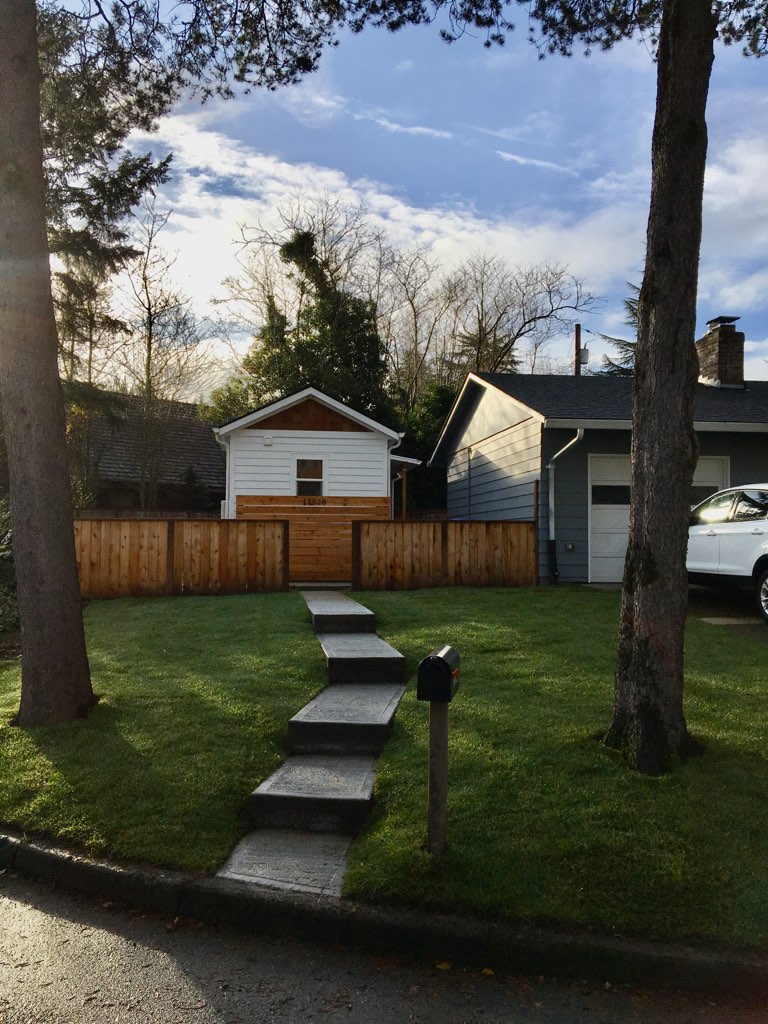
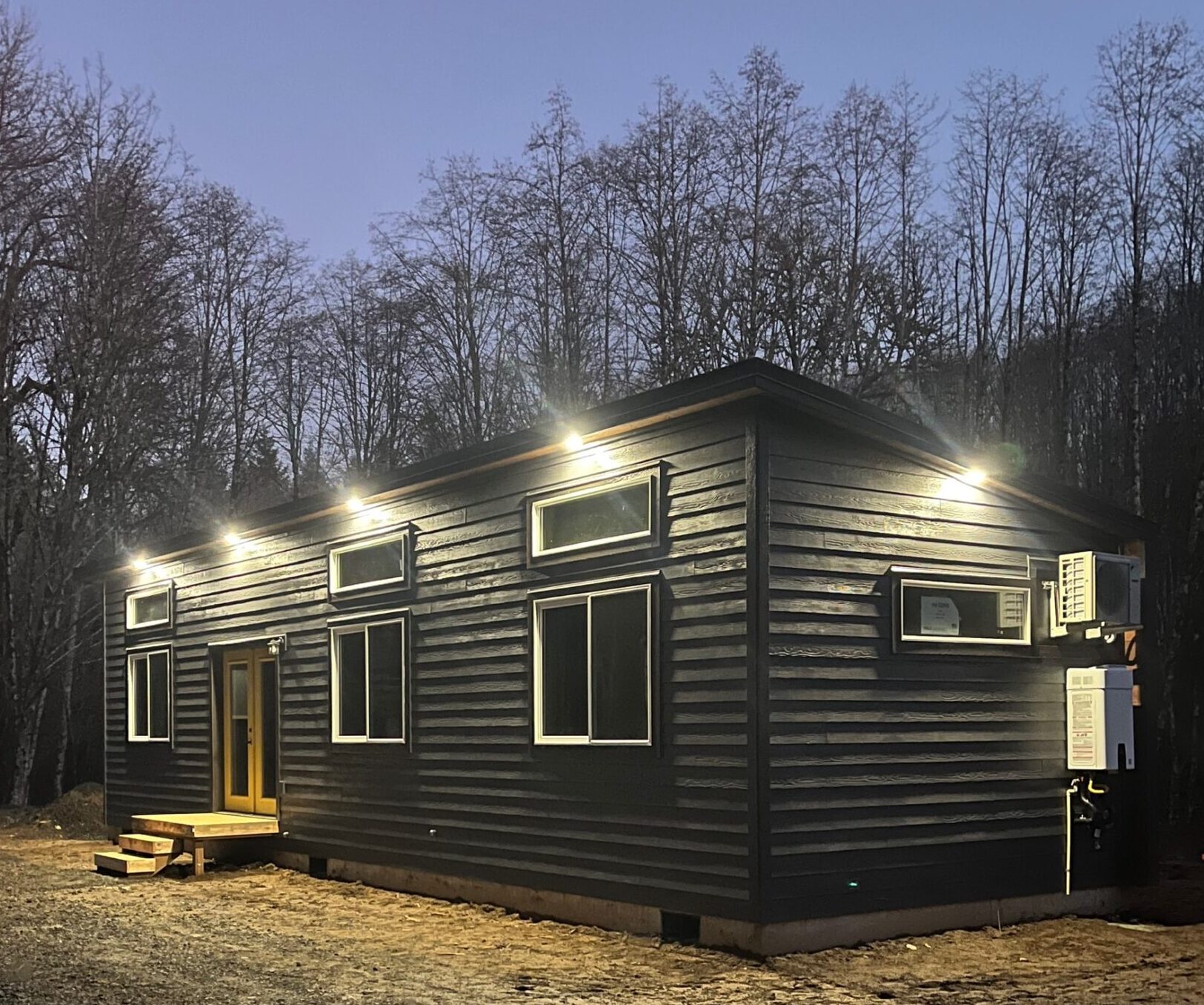
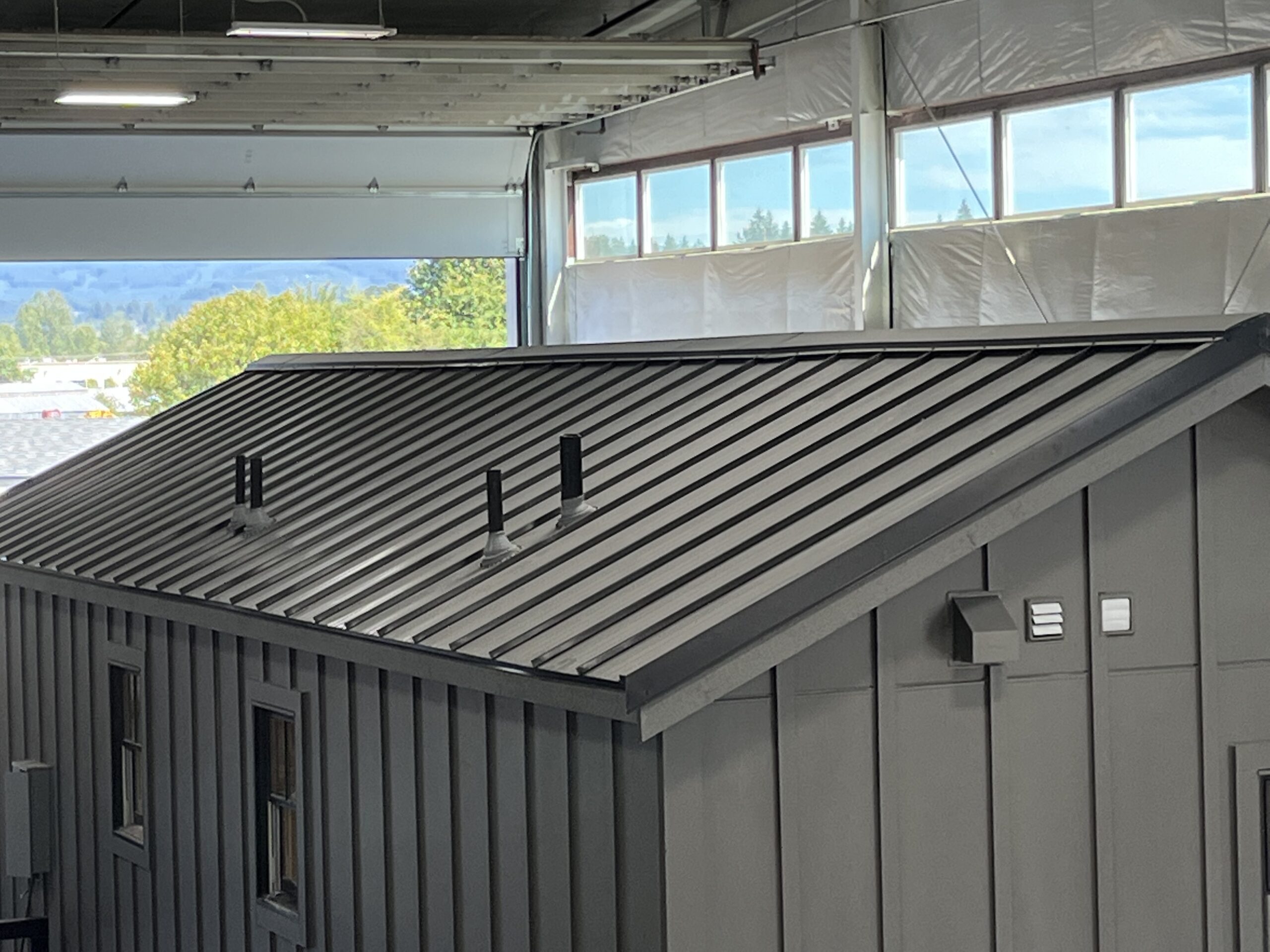
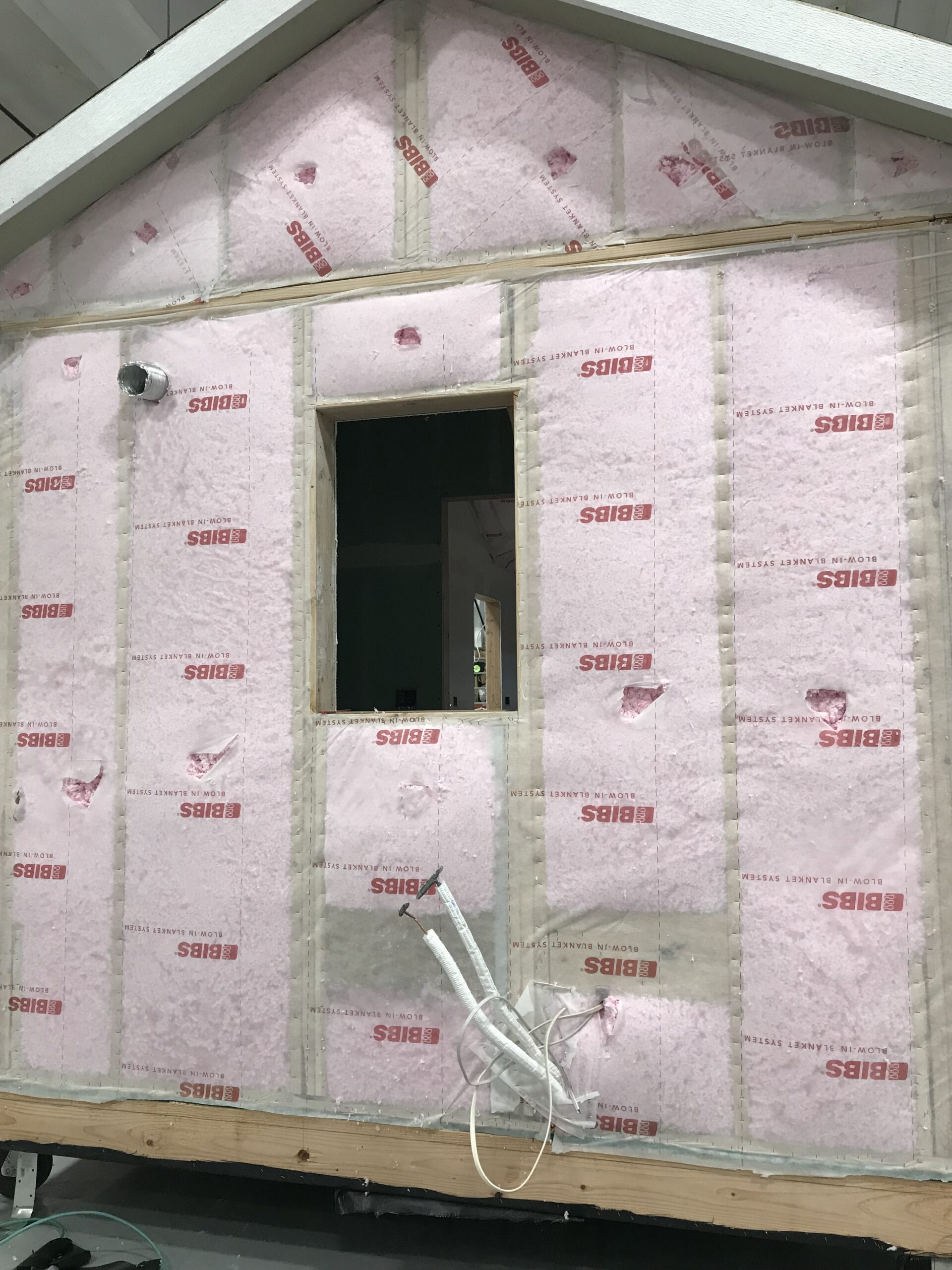
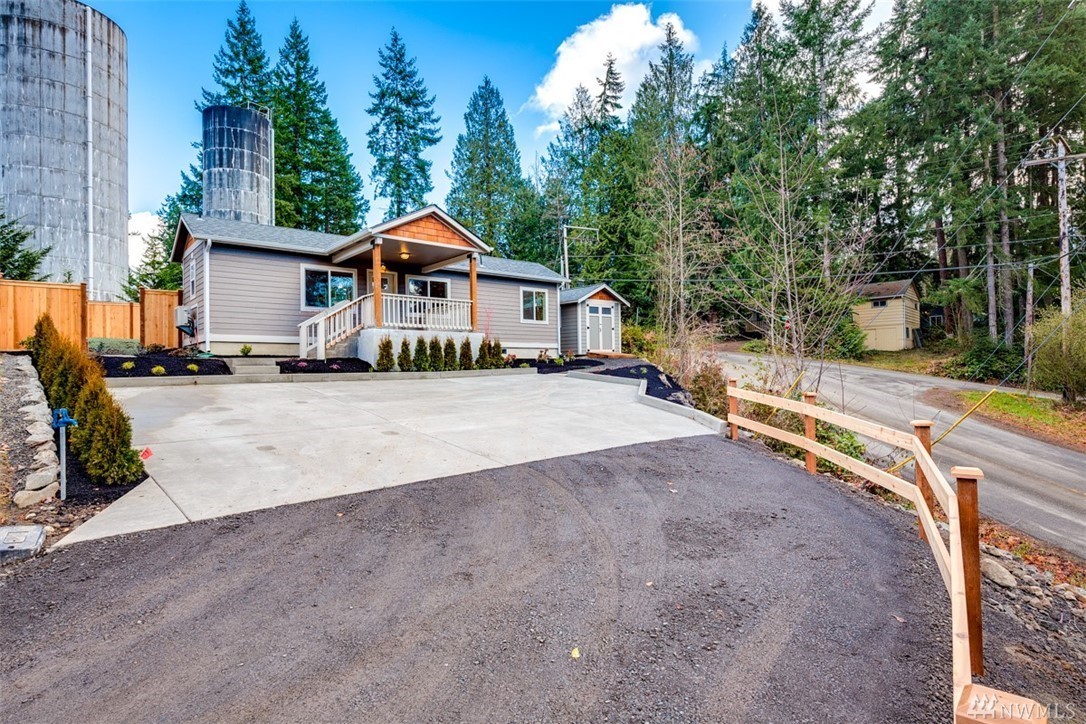
Leave A Comment